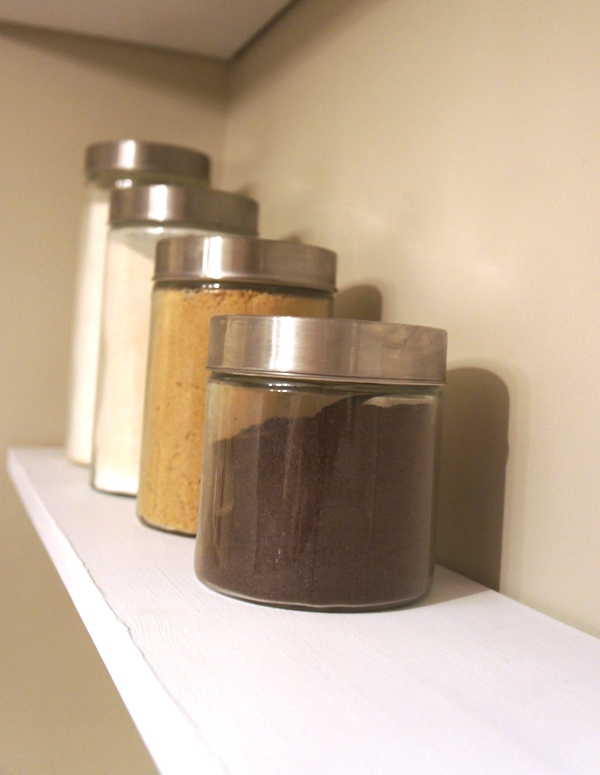


Special tips can change the spray type to suit your need.įinally, make sure you test your sprayer with a bit of water before you get to work. The pattern that paint comes out in will be either in a round shape or horizontal/vertical lines, depending on which way you twist the nozzle. From there, keep in mind that you’ll generally need some kind of attachments or even paint thinner, depending on the device. They also work on basically any surface, including interiors (even ceilings), exterior walls, fences, decks - you name it.Ĭlearly, the kind of surface that needs painting determines the type of sprayer you’ll want. With their high horsepower, they can handle most any type of paint without having to thin it first. Most airless sprayers siphon the paint directly out of the bucket. Electric or gas powered, these sprayers typically use a hydraulic pump to draw paint out through the nozzle at high pressure in an even coat. With the ability to handle most any interior project and even some exterior jobs, the HVLP sprayer is becoming a more popular mid-range choice.įor big exteriors, you’ll find most professionals using some form of airless sprayer. That means more accuracy and no air compressor to attach. This results in smaller particles of paint that spatter less. While they use air to push paint out through a nozzle at a gentler rate, they also typically employ a turbine of some kind and a special tip to atomize the paint as it comes out. Special nozzles can mitigate this somewhat, but in general, these sprayers are fine for large indoor areas and less so for detail work.Ī more versatile option is the HVLP, or “high volume, low pressure” sprayer. As you might expect, the high pressure behind the paint results in less accuracy and more paint used. While easy to use and inexpensive, it’s a tradeoff in terms of performance. The classic version is an air sprayer, which typically uses an air compressor to push paint out through a nozzle. Not every sprayer is ideal for every job.Įssentially, there are three different types of paint sprayers. Why brush when you can spray a nice, even coat with a wave of your hand? Why indeed - but take a little of that time you’re going to save on the job and do your research.
HOMERIGHT FINISH MAX PRO PAINT SPRAYER PROFESSIONAL
2.0 mm brass spray tip and durable housing for longer life and improved performanceThree different spray patterns: horizontal, vertical, and circularAdjust the volume control knob to change spray pattern from 1” to 6” wide400 watts of power27-ounce container capacitySprays evenly to lay down a professional finishBacked by a two-year warrantyĪnyone who has spent an afternoon or longer applying layer after layer of paint to a room knows the value of a paint sprayer, even if they’ve never used one before.

It’s internal air turbine provides a continuous flow to spray materials. It is best spray painter for beginners.Easy to Use, Just Add Paint or StainThis Finish Max Home paint sprayer can spray a wide variety of paints and stains, which means you aren’t limited on color choices like you would be when using a spray can.How it WorksHVLP sprayers use a high volume of air at low pressure to atomize the material you’re applying, producing a factory-like finish and greatly reducing overspray. Project VersatilityIdeal for spraying crafts, dressers, doors, furniture and cabinets. Applies paint or stain quickly, saving time when compared to using a brush or roller. Spray oil or water based materials such as: chalk type paint, milk paint, latex paints, enamels, primers, clear sealer, polyurethane, stain and varnish.Factory-like Finish in Less TimeThe Finish Max paint sprayer lays down a fine, quality finish with minimal overspray.

This Electric paint sprayer is ideal for small to medium projects (furniture, crafts, dressers, cabinets, etc.). Whether you’re looking for a quality paint sprayer, are an avid Do-It-Yourselfer, or simply want to paint the easy and fun way, the Finish Max is for you! The Finish Max sprays a smooth, factory-like finish with no compressor required.


 0 kommentar(er)
0 kommentar(er)
